
Finally!! It’s been a busy season around here, and we’re preparing to launch Destination Church here in Spokane on September 9, 2018. This has me thinking a lot about worship and worship leading, not to mention how to build a healthy worship team. With that in mind, vocalists, this long-promised installment of Sharpen Your Axe is especially for you!
Our last post on ensemble skills touched on several key vocal skills, so we won’t rehash all that here. But you can check out this post to read up on those. And we will touch on a few more “nuts and bolts” of singing a little later in this post. First though, we want to talk about the importance of vocal musicians in the worship ensemble, and the significant role they play both when “on stage” and as a part of the congregation.
Uniquely in the ensemble, vocalists are the audible and visible model for what the rest of the gathered church can express in their worship. The voice is uniquely important to the worship ensemble.
It is with our voices that we blend the beauty of the music with the eloquence of words to create expression that is unlike any other instrument.
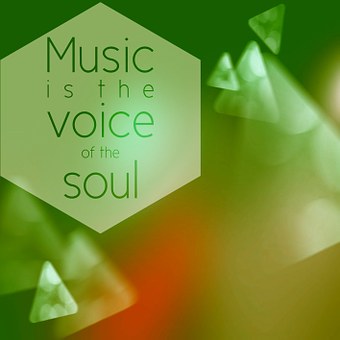 Vocalists, don’t get caught up in the lie that you are somehow less important to the ensemble because you don’t hold an instrument in your hands. The voice’s unique expression of love, passion, and adoration, as well as a myriad of other emotions, are one of the most important parts of the worship ensemble. And while there’s usually only one drummer, one bassist, one or two guitarists, one pianist, keyboardist, etc, every person who gathers to worship can use their voice or their body language to:
Vocalists, don’t get caught up in the lie that you are somehow less important to the ensemble because you don’t hold an instrument in your hands. The voice’s unique expression of love, passion, and adoration, as well as a myriad of other emotions, are one of the most important parts of the worship ensemble. And while there’s usually only one drummer, one bassist, one or two guitarists, one pianist, keyboardist, etc, every person who gathers to worship can use their voice or their body language to:
“Make a joyful noise to the Lord…” (Psalm 98:4)
“Oh sing to the LORD a new song…” (Psalm 98:1)
“Clap your hands, all peoples! Shout to God with loud songs of joy!” (Psalm 47:1)
“Lift up your hands in the holy place and bless the LORD!” (Psalm 134:2)
“Oh come, let us worship and bow down; let us kneel before the LORD, our Maker!” (Psalm 95:6)
“Let them praise his name with dancing…” (Psalm 149:3)
Every vocalist in the ensemble – not just the lead vocalist – is a worship leader for the gathered church.
 You may not sing into the microphone the whole time, or even on every song, but your active engagement with Jesus is modeling worship for the church. In fact, what you do during those times you’re not in the microphone can inspirationally lead everyone else, a visual reminder that worship is not just music, but our hearts responding to God! ! (On a practical note: The arrangement of a song will very likely include places where the melody should be doubled, and places where it should not be doubled. There are also times when three- or four-part harmony is great, and times when one harmonic line is plenty! Your ensemble will work that out together, but maturing musicians will understand that there will be times you aren’t singing in the mic.)
You may not sing into the microphone the whole time, or even on every song, but your active engagement with Jesus is modeling worship for the church. In fact, what you do during those times you’re not in the microphone can inspirationally lead everyone else, a visual reminder that worship is not just music, but our hearts responding to God! ! (On a practical note: The arrangement of a song will very likely include places where the melody should be doubled, and places where it should not be doubled. There are also times when three- or four-part harmony is great, and times when one harmonic line is plenty! Your ensemble will work that out together, but maturing musicians will understand that there will be times you aren’t singing in the mic.)
Some things to think about:
- When you lift your hands in adoration, surrender, or celebration of Jesus’ victory, you are giving permission to the church to express their hearts to their Savior. And, as members of the ensemble who don’t have an instrument in your hands, you are in a unique position to be able to model this for your congregation.
- When you clap, dance, sing, or even shout at appropriate times, you are modeling what joy can look like, and giving permission to the church to enjoy God as He desires. Being aware of your body language and facial expressions and communicating joy here is important. (We like to remind all of our musicians that “If you’re happy and you know it – TELL YOUR FACE!!”)
- When you use your voice for the powerful tool of emotional expression that it is, you are communicating the meaning of the words you are singing, and giving permission to the congregation to feel and understand the same. For example, when you sing out strongly and confidently, you are demonstrating that the gospel is something to be proud of and to be celebrated. “I am not ashamed of the gospel, for it is the power of God for salvation to everyone who believes” (Romans 1:16, ESV).

Male vocalists, this is not just for the ladies! It is very helpful for the men in the church to see other strong men leading them in celebratory worship. Guys, when you sing, clap, lift your hands, and celebrate, you are communicating that worship and praise is for men, too. Maybe that should seem obvious, but from experience, many men struggle with not wanting to appear “weak” or “non-masculine,” and equate singing with more feminine stereotypes. A strong male vocalist can help break down many barriers for those men.
Female vocalists, you are genuinely serving and leading the church in the way you sing and worship. Whether it’s strong, confident vocals or smoother, softer elements, you are creating an atmosphere with your voice. Let Jesus inspire His people through you.
Remember, vocalists, this time of gathered worship is all about Jesus! Learn your vocal parts well enough so that when the church comes together you can get beyond merely singing the right words and notes, and really engage with Jesus for yourself! This also means that, on the one hand, there’s no need to show off; be humble. And on the other hand, there’s no need to be timid; be confident! Be yourself, whether you’re singing in the microphone one day or singing from the congregation on another. Being a Christ-focused worshiper in both roles will have greater influence than you probably imagine.
Now for those “nuts and bolts.”
As with any musician, there are elements of singing that make a vocalist a greater asset to a worship ensemble. There are lots of things that make for a great vocalist, but here are three essentials that are the “lowest common denominator” for every vocalist who wants to serve the church using their singing voice:
- Sing on pitch. Those who lead the church musically do so best when they have the ability to control their voice so that they are singing in tune. Everyone else is following these singers, so it’s important that they can sing the correct notes without being sharp (above the desired pitch) or flat (below the desired pitch).
- Sing with a pleasant sound. “Pleasant” is a relative term, subject to the culture and the individual church. (There are churches where my own rock/pop voice would not be desirable and wouldn’t blend with their sound, just as operatic singers may find it difficult to blend in with my sound.) Basically, the sound of the vocalists who lead the rest of the church in a microphone should sound “good.” They don’t have to be professionals, but a good sound will enhance rather than distract others as they worship.
- Sing with an appropriate range. Most effective congregational worship music that is meant for the whole church to sing together will fit into the following range: A (below middle “C”) to E (1 ½ octaves above that). Male vocals will actually be singing an octave below this. Some worship songs will cheat on this rule just a little on both the high and the low ends, touching down to low “G”(hard for most men) and reaching up occasionally to “F” or even “F#” (hard for most ladies), but the vocalists in the typical worship ensemble need to develop the A-E range. If singing harmonies, there may be a need to stretch just a bit higher or lower. More advanced groups will likely expect this.
If you can sing on pitch with a nice sound over an octave-and-a-half range from A to E, and you are comfortable learning to express your heart to Jesus in front of others, you are becoming a great asset in helping to lead people in worshiping Jesus!
Now, whether you’re a vocalist, an instrumentalist, a worship leader, or the chief musician responsible for getting the ensemble ready for the “public,” let’s look ahead to the final post in the Sharpen Your Axe series here at Jonathan Meek Music, and think about this: What makes for a really good rehearsal that makes a musician want to come back for more? Come back next time and we’ll talk about it!



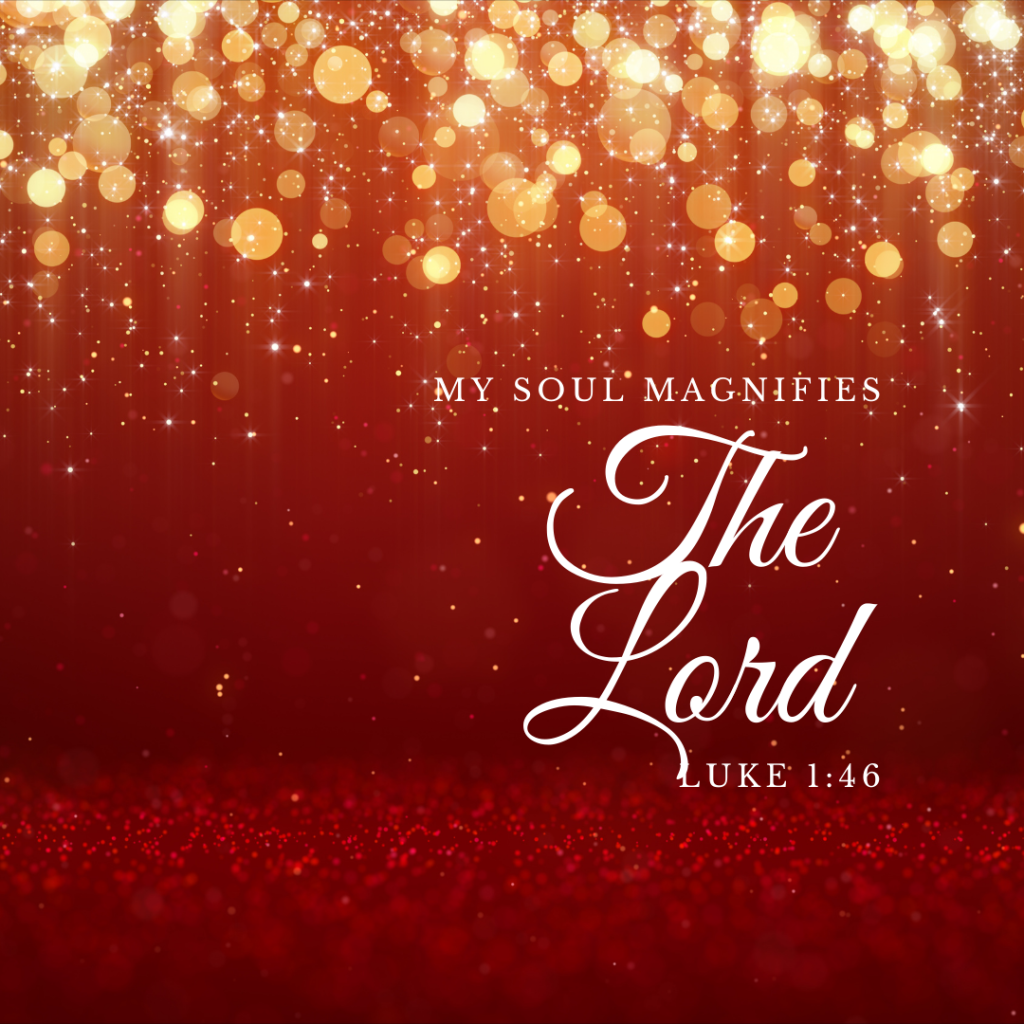
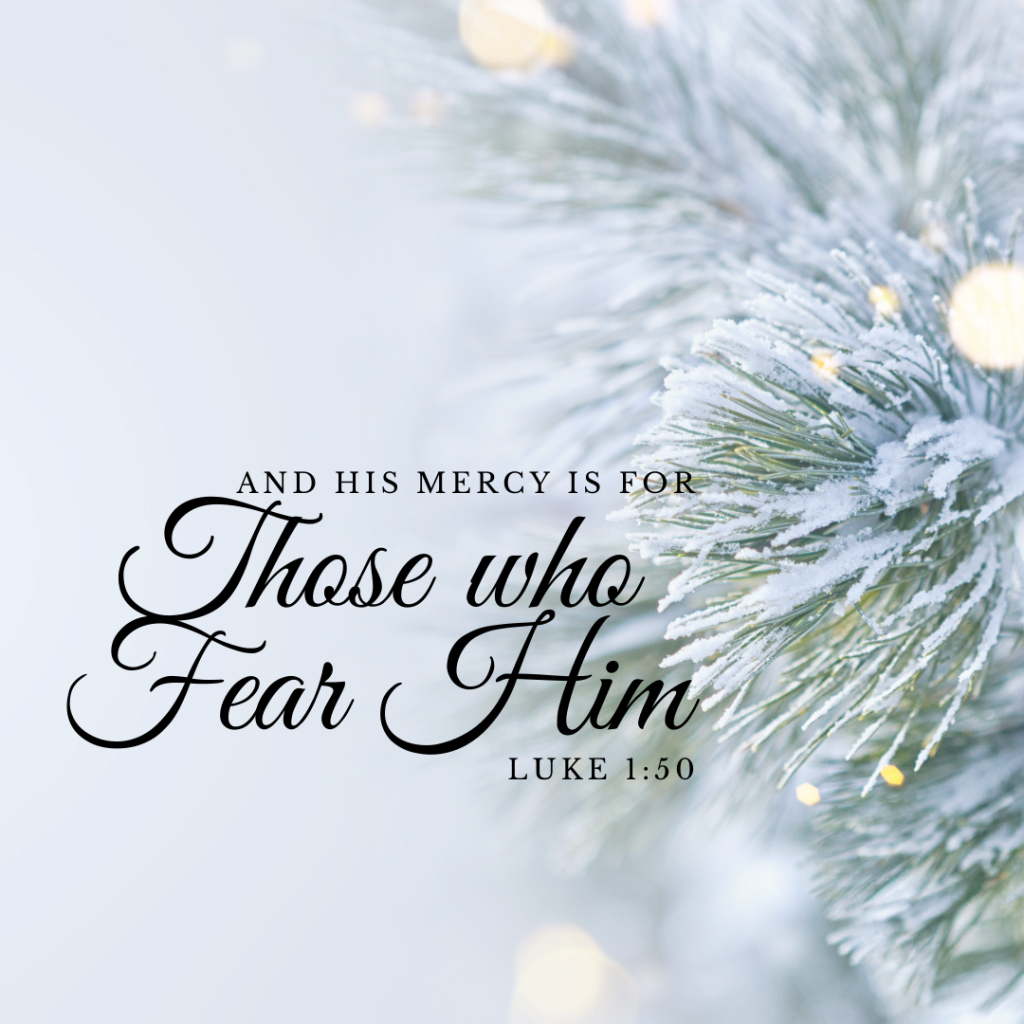







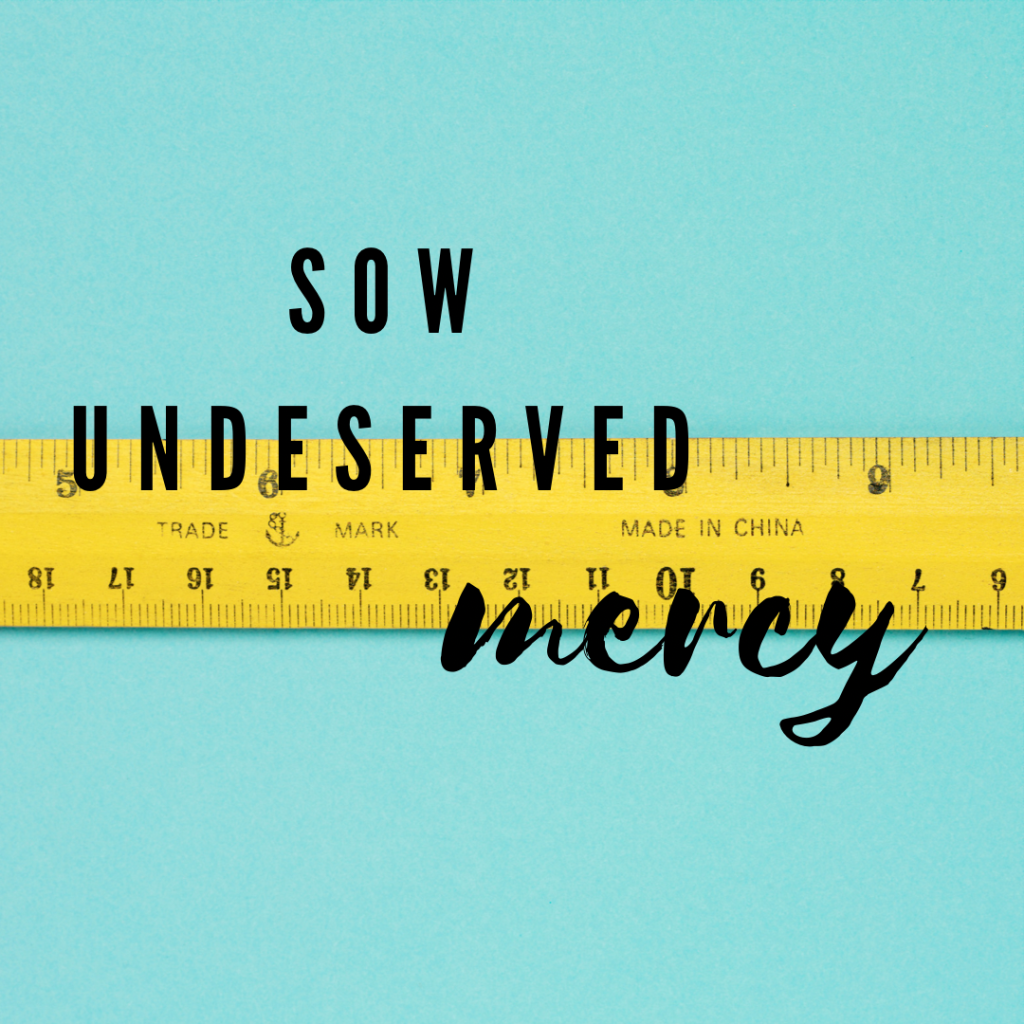

 Well. It’s been a minute since we’ve been around over here. A lot has changed in the last year and a half, not the least of which is the pandemonium which seems to be 2020. A global pandemic, protests, riots, murder hornets… Wow, 2020 has been a wild ride. It’s also brought us a lot of time at home (I mean, a LOT) which has given us a chance to pause and reflect, and now to begin again.
Well. It’s been a minute since we’ve been around over here. A lot has changed in the last year and a half, not the least of which is the pandemonium which seems to be 2020. A global pandemic, protests, riots, murder hornets… Wow, 2020 has been a wild ride. It’s also brought us a lot of time at home (I mean, a LOT) which has given us a chance to pause and reflect, and now to begin again. It’s truly been amazing to watch our small church family, many of them wary of video screens and not that excited about Facebook or social media, doggedly learning how to do new things in order to stay connected with each other while we’ve all been staying at home. We’ve missed our face to face connections, and we’ve missed worshiping together. But, even in the midst of Covid-chaos, our family has come together and, though I wasn’t sure it was possible, become even closer to each other… all through video screens!
It’s truly been amazing to watch our small church family, many of them wary of video screens and not that excited about Facebook or social media, doggedly learning how to do new things in order to stay connected with each other while we’ve all been staying at home. We’ve missed our face to face connections, and we’ve missed worshiping together. But, even in the midst of Covid-chaos, our family has come together and, though I wasn’t sure it was possible, become even closer to each other… all through video screens!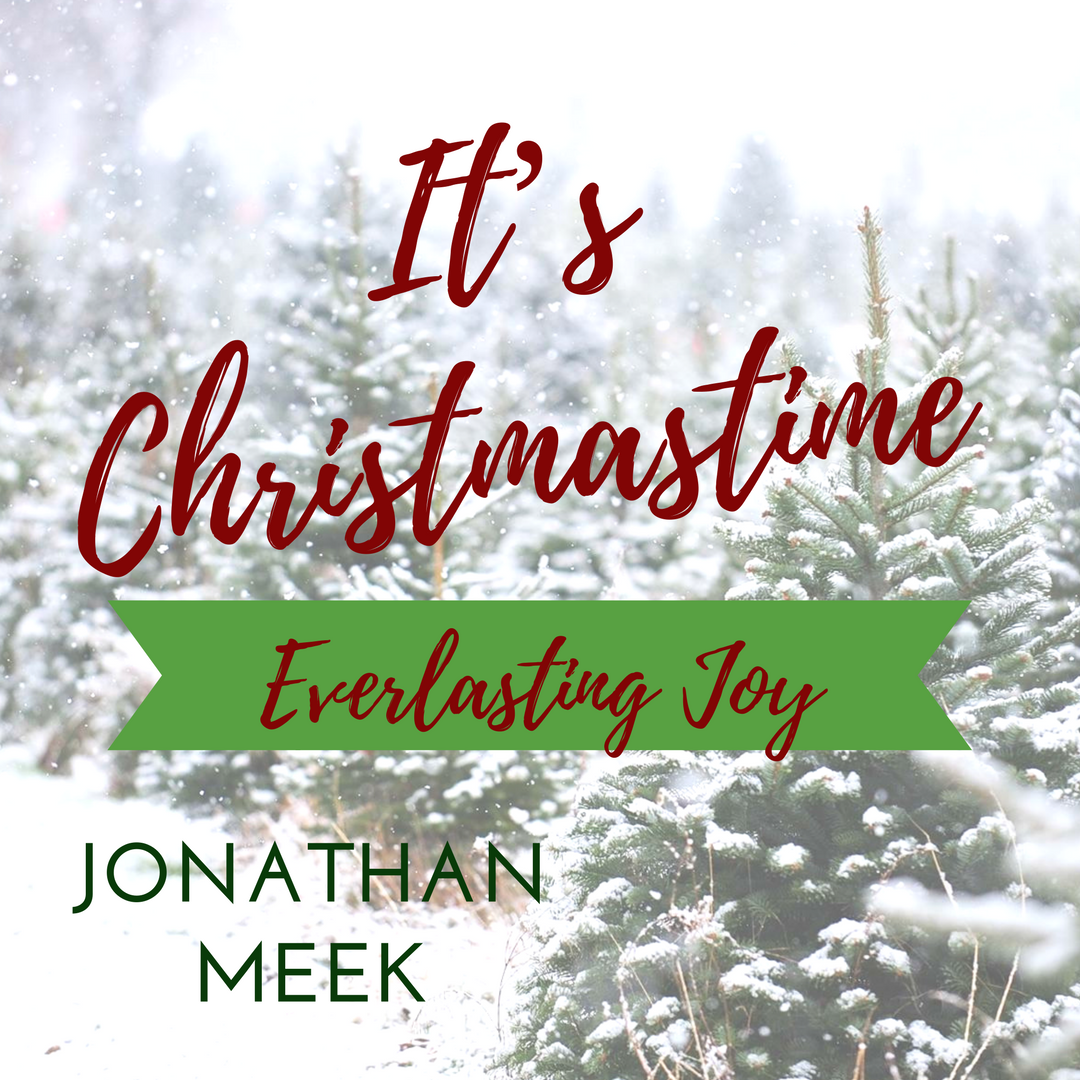



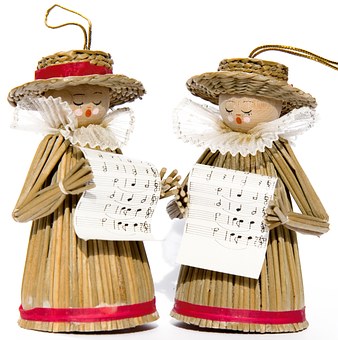
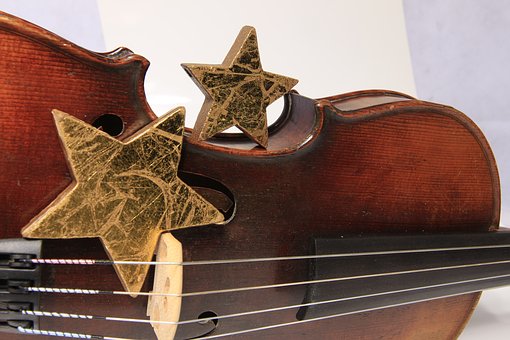
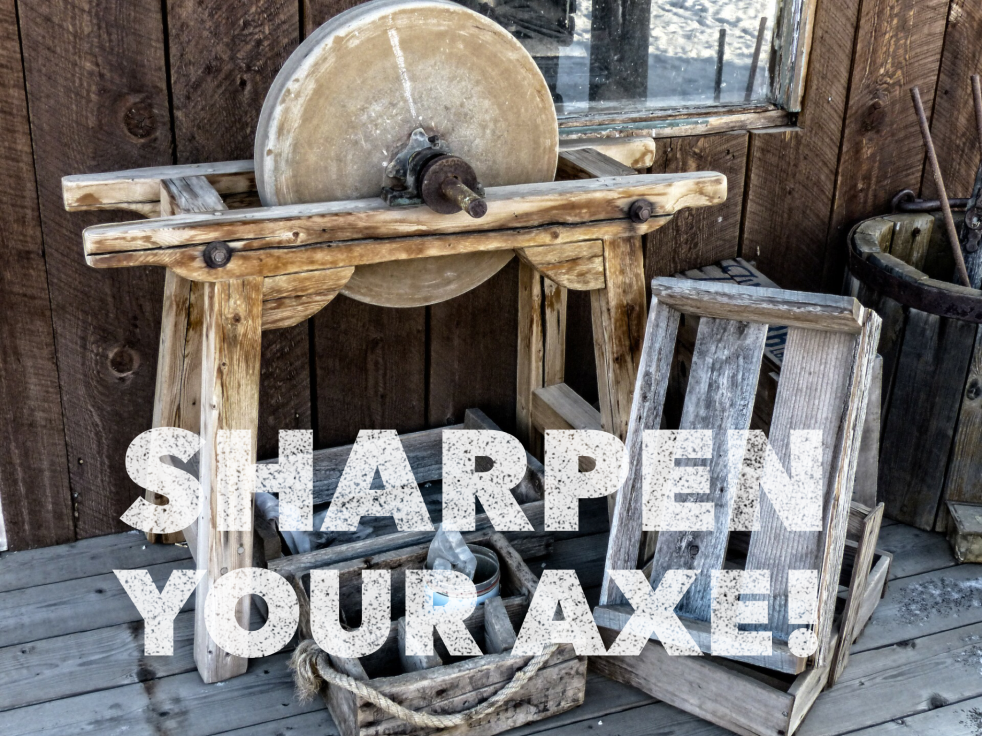

 Just this past week, our band was talking together in rehearsal about this upcoming post and what makes for good rehearsals. Are there ingredients that make for enjoyable, maybe even memorable, rehearsals that are also practically effective preparation for a worship gathering? What kinds of things help to make this happen?
Just this past week, our band was talking together in rehearsal about this upcoming post and what makes for good rehearsals. Are there ingredients that make for enjoyable, maybe even memorable, rehearsals that are also practically effective preparation for a worship gathering? What kinds of things help to make this happen?

 Vocalists, don’t get caught up in the lie that you are somehow less important to the ensemble because you don’t hold an instrument in your hands. The voice’s unique expression of love, passion, and adoration, as well as a myriad of other emotions, are one of the most important parts of the worship ensemble. And while there’s usually only one drummer, one bassist, one or two guitarists, one pianist, keyboardist, etc, every person who gathers to worship can use their voice or their body language to:
Vocalists, don’t get caught up in the lie that you are somehow less important to the ensemble because you don’t hold an instrument in your hands. The voice’s unique expression of love, passion, and adoration, as well as a myriad of other emotions, are one of the most important parts of the worship ensemble. And while there’s usually only one drummer, one bassist, one or two guitarists, one pianist, keyboardist, etc, every person who gathers to worship can use their voice or their body language to: You may not sing into the microphone the whole time, or even on every song, but your active engagement with Jesus is modeling worship for the church. In fact, what you do during those times you’re not in the microphone can inspirationally lead everyone else, a visual reminder that worship is not just music, but our hearts responding to God! ! (On a practical note: The arrangement of a song will very likely include places where the melody should be doubled, and places where it should not be doubled. There are also times when three- or four-part harmony is great, and times when one harmonic line is plenty! Your ensemble will work that out together, but maturing musicians will understand that there will be times you aren’t singing in the mic.)
You may not sing into the microphone the whole time, or even on every song, but your active engagement with Jesus is modeling worship for the church. In fact, what you do during those times you’re not in the microphone can inspirationally lead everyone else, a visual reminder that worship is not just music, but our hearts responding to God! ! (On a practical note: The arrangement of a song will very likely include places where the melody should be doubled, and places where it should not be doubled. There are also times when three- or four-part harmony is great, and times when one harmonic line is plenty! Your ensemble will work that out together, but maturing musicians will understand that there will be times you aren’t singing in the mic.)